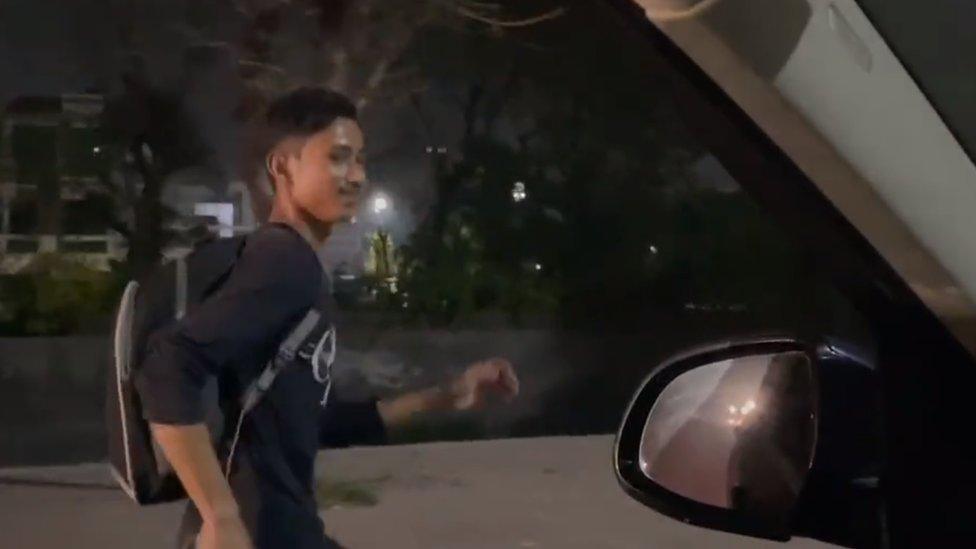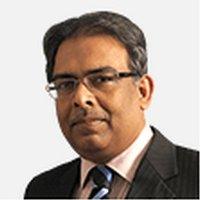Is India planning to shrink its army?
- Published
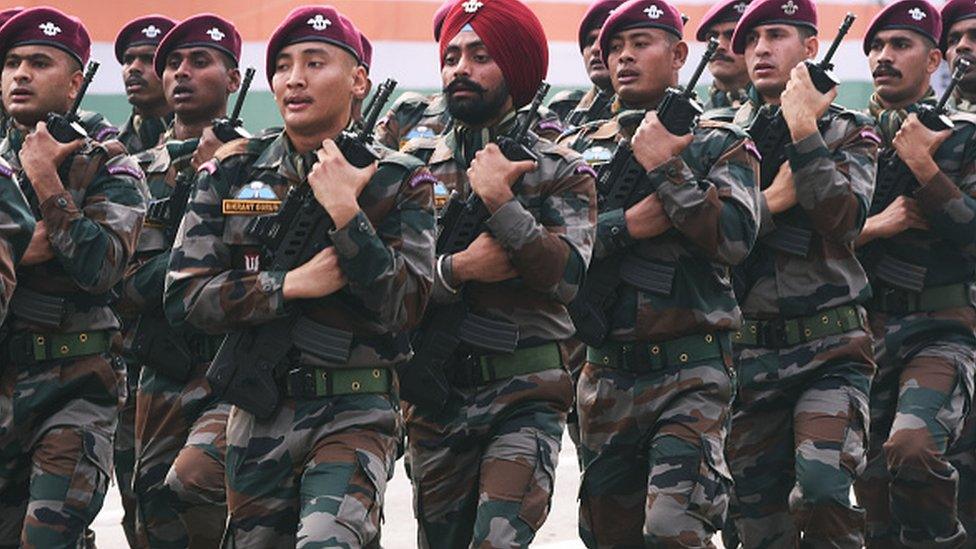
With some 1.4 million personnel, India's army is one of the country's top employers
A 23-year-old man last week claimed that he had run 50 hours from his home in India's northern state of Rajasthan to the capital, Delhi, to join a protest demanding that the government should resume hiring for the armed forces.
Suresh Bhichar, who carried a national flag during his 350-km (217-mile) sprint, said he was "passionate" about joining the army, but recruitment had stalled for two years and aspirants were "starting to get old". (The maximum age of enlistment of a soldier is 21.)
With 1.4 million personnel, India's army is one of the country's - and the world's - top employers. For many young Indians, it's a coveted and secure job. Every year, some 60,000 personnel retire and the army holds up to 100 fresh hiring "rallies" to replace them. For the past two years, hiring has been suspended because of the pandemic, officials say.
Analysts believe this is not the whole truth. They say Prime Minister Narendra Modi's government could be looking at ways to shrink the forces.
One reason is the army's ballooning salaries and pensions bill that consumes more than half of its $70bn (£53bn) budget. That leaves little money to modernise the force and serve equipment shortfalls.
India is already the world's third-largest military spender, behind the US and China, and the world's second largest importer of arms. (Mr Modi's government is now spending billions of dollars to boost domestic manufacturing in defence equipment.) India also has an ample stockpile of nuclear warheads and ballistic missiles.
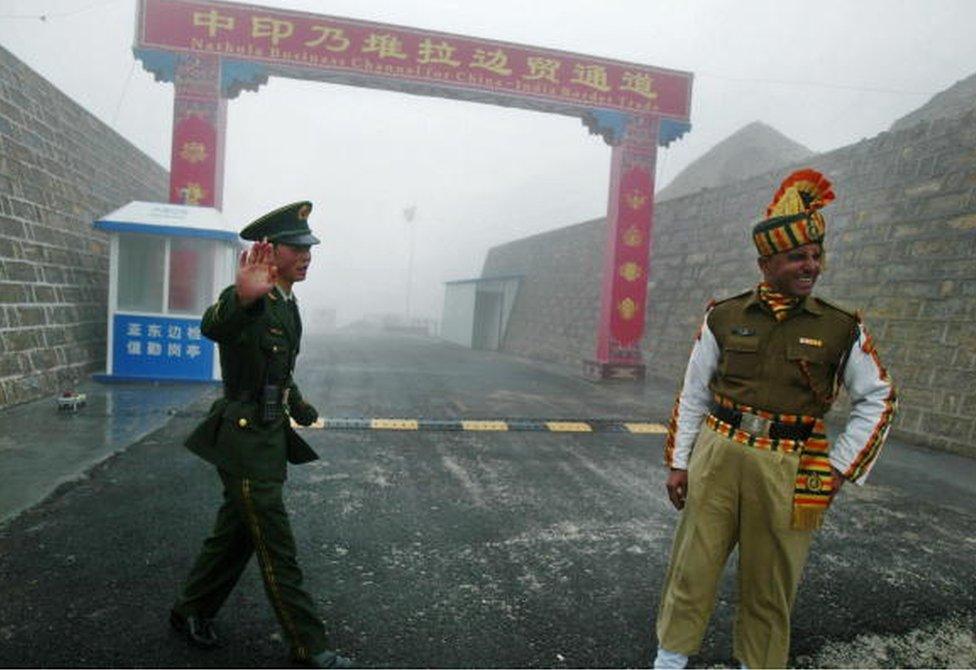
Tens of thousands of Indian troops still amassed along the disputed Himalayan border with China
A recent report, quoting sources in the defence department, says the government is mulling over a proposal to hire soldiers for a fixed term, also called the "three-year tour of duty", external.
Mr Modi himself is an advocate of reform. In the past, he has spoken about the "need for forces that are agile, mobile and driven by technology, not just human valour", and said that India needs capabilities to "win swift wars, for we will not have the luxury of long drawn battles".
The most persuasive case for downsizing comes from a highly respected retired officer. In a recent commentary, external, Lt-Gen HS Panag said the current shortage of more than 100,000 personnel was an opportunity to bring about reforms.
"The forces of the 21st Century require quick response by agile armed forces backed by state-of-the-art military technology - more so in the subcontinental context, where nuclear weapons preclude large-scale conventional wars," Lt-Gen Panag notes.
He says India has a "large military where we are forced to use quantity to compensate for quality". As a developing economy, India's defence spending "cannot increase exponentially" and therefore it needed to slim the forces.
"The army has the ability to make do with much less people than they have now. We need to cut the flab," says Ajai Shukla, a former officer who now writes on defence.
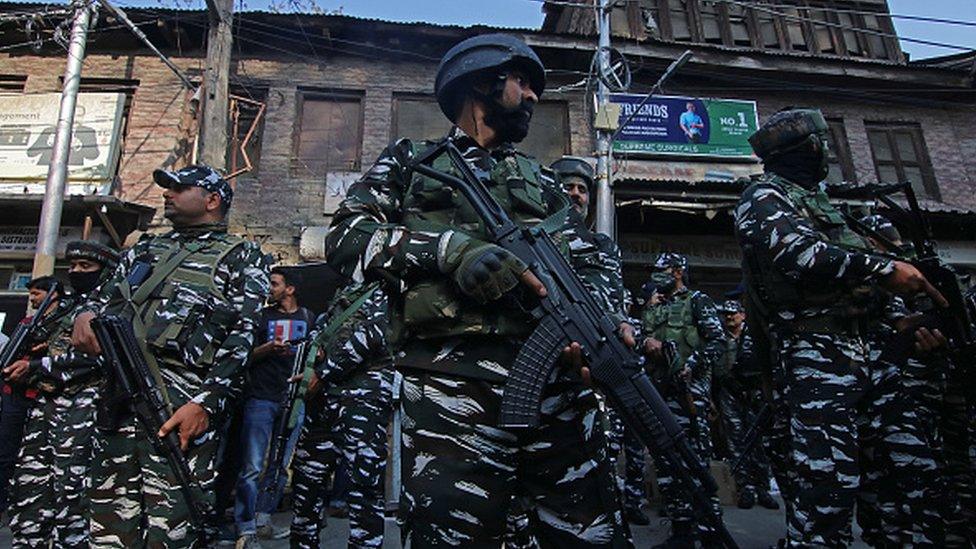
Some half a million troops have become a permanent presence in Indian-administered Kashmir.
China, for example, spends less than a third of its defence budget on personnel, compared to 60% for India, according to Laxman Kumar Behera, a professor of security studies at Delhi's Jawaharlal Nehru University. One way to deter China would be a "greater focus on technology-driven modernisation" which, in turn, would demand trimming the force, he says.
But there are reservations about whether this is the right time to begin downsizing.
India's hostile borders mean the army needs to be always prepared to fight two simultaneous land wars against nuclear-armed rivals, Pakistan and China.
Tens of thousands of Indian troops are still amassed in a tense standoff over the disputed Himalayan border with China. Some half-a-million troops have become a permanent presence in Indian-administered Kashmir. Then there's the threat of terrorist attacks from across the border.
"A hiring freeze at a time when you have unsettled borders across demanding terrain could adversely impact manpower availability in immediate terms," says Anit Mukherjee of the S Rajaratnam School of International Studies in Singapore.

The army needs to be always prepared to fight simultaneous frontline land wars against nuclear-armed rival Pakistan and China
There are more serious concerns about the "tour of duty" proposal. Mr Mukherjee believes the idea is based on too many assumptions regarding the motivation of those who sign up and "more seriously threatens to weaken the army by replacing professional soldiers with short-term, transient soldiers".
Sushant Singh, a senior fellow with the Centre for Policy Research, a Delhi-based think tank, says the proposal makes him uncomfortable. It will, he says, create a young cohort of soldiers, who would be out of the force in their early 20s in a country where joblessness is rife.
"Do you really want to put out so many people who are well trained in arms to look for jobs in a society where levels of violence are already so high? Do you want these ex-soldiers serving in the police and or as security guards? My fear is, you can end up creating militias of unemployed arms-trained men," Mr Singh says.
The case for a nimbler and lighter army is not lost on anyone. Lt-Gen Panag argues that Mr Modi's government should own the reforms - they seem to have been left to "the tradition-bound military, which by nature revels in the status quo". But critics such as Mr Singh raise key questions.
What about the gaps that will be created that won't be filled for years? How fast can you train the new "transient" recruits? What about the political pushback that will inevitably happen as public protests demanding the resumption of hiring continues? Most importantly, which roles will be trimmed? The soldier who operates an air defence gun or the soldier looking after rations?
"There seems to be no strategy or plan that has been made public. This is reform by stealth," says Mr Singh.
- Published8 September 2021
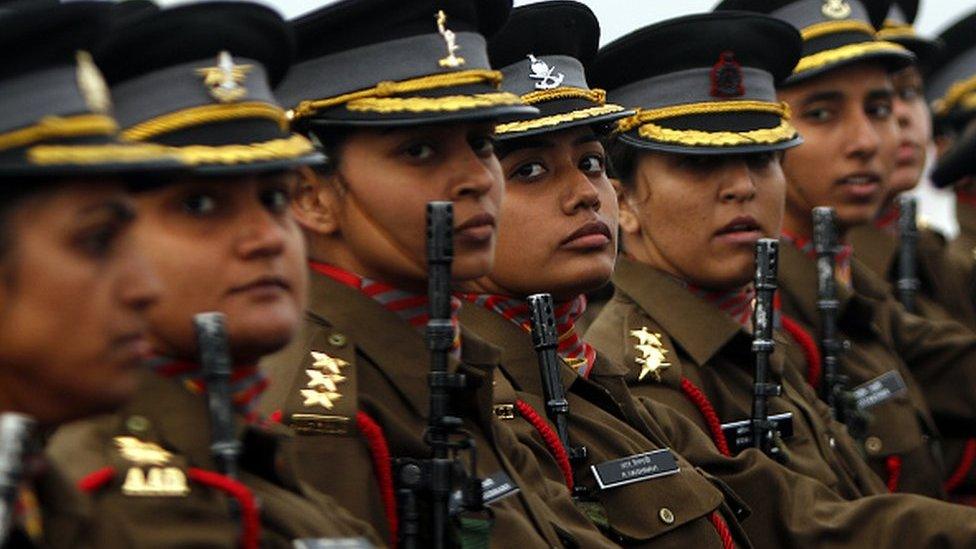
- Published21 March 2022
